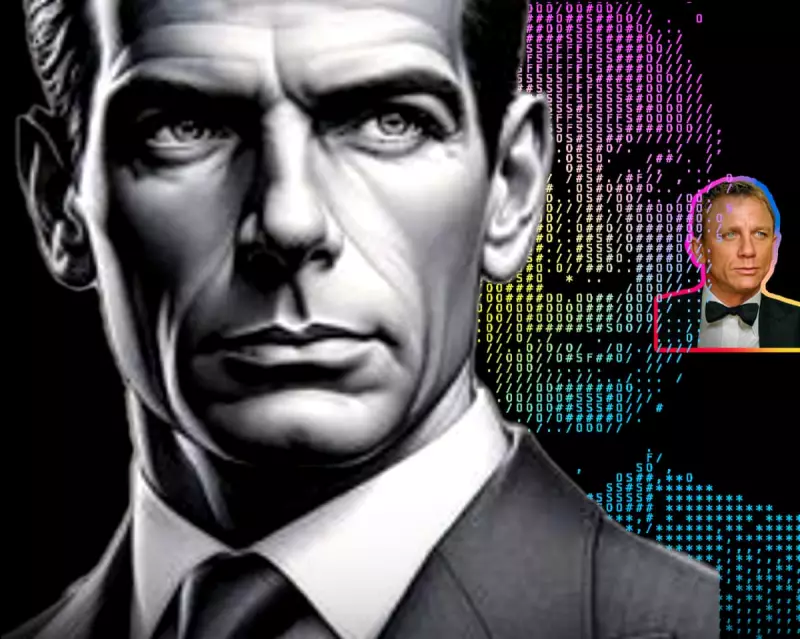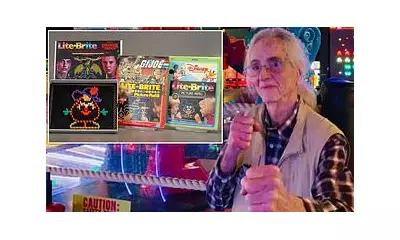
A revolutionary online platform is pulling back the curtain on one of AI's most contentious secrets: the staggering volume of copyrighted artwork being used to train commercial artificial intelligence systems without explicit permission.
The Database Revealing AI's Hidden Art Diet
Developed by the team behind HaveIBeenTrained, this powerful tool allows artists and creators to search through massive AI training datasets used by major companies. The findings reveal that millions of protected images, from professional illustrations to personal artworks, have been incorporated into these systems, often without the knowledge or consent of their original creators.
Artists Confronting the AI Revolution
"When I discovered my own artwork in these datasets, it felt like a violation," shared one London-based illustrator who found hundreds of their pieces in AI training collections. "These are images I spent years developing, now being used to create systems that could potentially replace me."
How the Platform Works
The service operates by allowing creators to upload their artwork or search using specific identifiers. The system then scans through known AI training datasets, including the controversial LAION database, to identify matches. What emerges is a disturbing pattern of widespread copyright ingestion on an industrial scale.
The Legal Battlefield
This new tool arrives amid growing legal challenges against AI companies. Multiple lawsuits are already progressing through courts worldwide, with artists and content creators arguing that using copyrighted material for AI training constitutes infringement, regardless of the transformative nature of the final output.
Industry Response and Ethical Questions
Major AI developers maintain their practices fall under "fair use" doctrines, claiming their systems transform the original works sufficiently to avoid copyright violation. However, critics argue this interpretation stretches legal boundaries beyond recognition and threatens the very ecosystem that feeds creative AI.
What This Means for UK Creatives
For Britain's thriving creative sector, the implications are profound. The platform provides tangible evidence that could strengthen legal positions and inform future regulation. As Parliament considers AI legislation, this technology offers crucial data about the scale of copyright usage that policymakers cannot ignore.
The emergence of this transparency tool marks a significant moment in the ongoing debate about AI ethics and intellectual property rights. It empowers creators with concrete evidence while forcing a necessary conversation about where the line should be drawn between technological progress and artistic protection.





